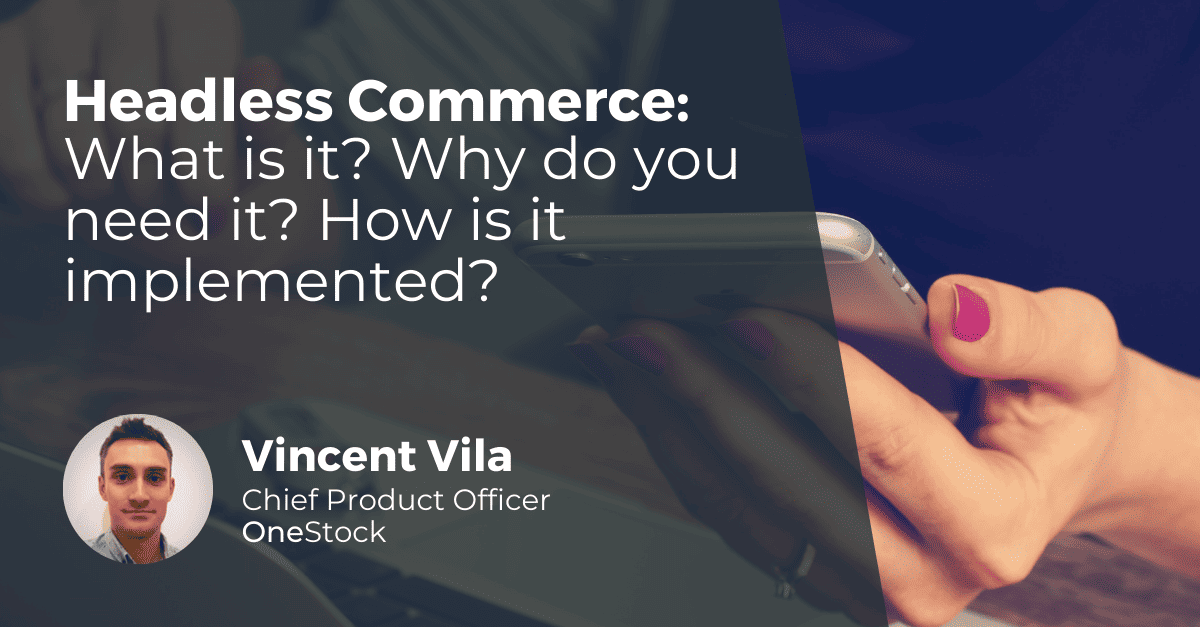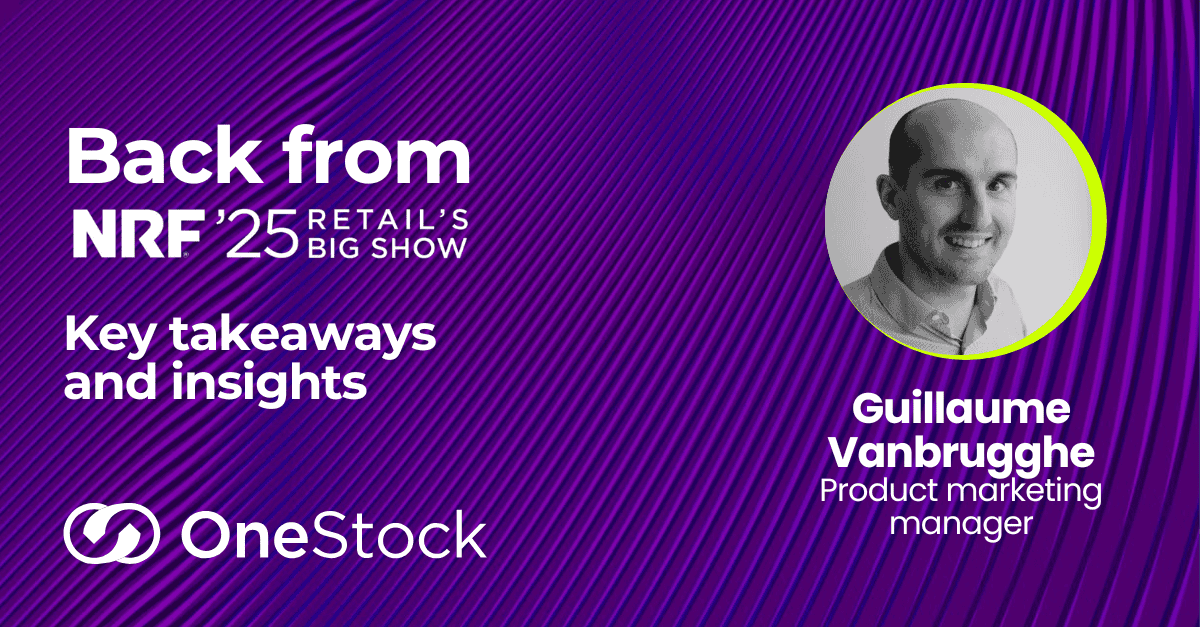
Headless Commerce: What is it? Why do you need it? How is it implemented?
Headless Commerce is the result of an ever-changing retail environment, influenced by new consumer habits and new technologies.
Shoppers are now accustomed to making purchases via various available sales channels, like via the web, mobile or even via IoT devices. Retail needs to adapt by offering a consistent and branded experience for each sales channel. And that is exactly what Headless Commerce allows!
Why is Headless Commerce set to become a necessity?
In just a few years, sales channels have multiplied. In addition to traditional stores and e-commerce sites, there are now :
- e-Commerce / m-Commerce flagship stores
- Micro-websites, launched specifically to promote a collaboration, an artist, a collection, an event…
- Marketplaces
- Social selling, via Instagram, Facebook, YouTube, TikTok…
- Order in store
- Over the phone orders, which are inspired by mail order models
- Order via chat, on WhatsApp, Telegram…
- Voice commerce, via Alexa, Google home…
Customers will interact with each sales channel in a different way of interacting, as they each have different objectives. However, as it is the same brand that is represented via all these sales channels, and potentially the same connected customer, the consumer expects a seamless experience across all channels.
From a retailer’s perspective, managing all customer interactions in a consistent and channel-specific way can be challenging. Flexibility and adaptability are required.
This is where Headless Commerce comes in, allowing the separation of frontend and backend systems. This is achieved without negatively impacting the information displayed (frontend) and by creating specific and personalised experiences for each channel.
How does this actually work? With Headless Commerce and its API-based logic, the frontend is split into two parts:
- The frontend, visible to web customers, is different for each sales channel. But that’s not all! It is also possible to have different frontends for different geographical areas in order to best meet customer expectations. Headless Commerce connects your frontend to modern technologies to offer better performance, facilitate maintenance and source product information in the right place.
- The backend is shared across all sales channels, although it is possible to display different stock or product data for each channel. The backend collects the data required by the frontend and distributes it to several systems, each of which is responsible for a clearly defined area (customer base, stock, basket management, customer orders, etc.). It is also at this level that data security and transaction reliability are managed.
The benefits of this frontend division are simple – more responsiveness and adaptability!
In addition to managing several sales channels, a separate frontend allows for greater flexibility. For instance, it is possible to easily adapt the frontend according to the period: a frontend that scares people for Halloween, that makes them dream for Christmas, that makes them splurge during the sales, etc. AB testing is also made easier: testing significantly different versions of the frontend does not add extra work to backend management.
How do you set up a Headless Commerce architecture?
It is important to note that there is not just one Headless Commerce architecture. Headless Commerce is a big word that simply encompasses the concepts of a microservices architecture applied to e-commerce frontends. IT teams have been able to test microservices on many projects of all sizes to combine agility, performance and maintainability. E-commerce has everything to gain by following this path!
To implement this, it is first necessary to identify the source systems that will feed the e-commerce platforms via API. Each piece of data will thus have its own source, which may be, for example:
- The CRM, to access customer data and thus create personalised experiences – product recommendations, loyalty discounts, etc.
- The Order Management System (OMS), to access stock information in real-time, data related to orders, returns and delivery promises.
- PIM for product information…
Once the sources have been identified, the path between the data source and the data consumer, i.e. the frontend needs to be shortened. This means combining real-time (= freshness of data), performance (= response time) and security.
Therefore, having a multitude of different channels and e-commerce fronts does not require multiplying and duplicating information. Headless Commerce allows you to constantly refer to the same data sources and to centralise information.
The benefits of Headless Commerce, in a nutshell
- Display, in real-time, all the information needed for customers to make a purchase
- Create unique experiences for your customers
- Increase frontend flexibility and performance
- Reduce your frontend development burden
- Synchronise your application landscape (CRM, OMS, PIM…)
- Deliver a 100% omnichannel customer experience


